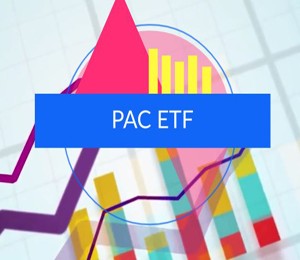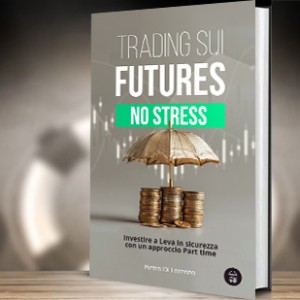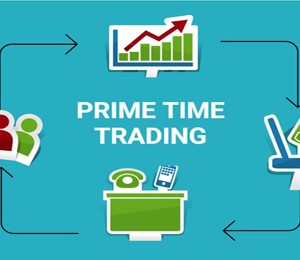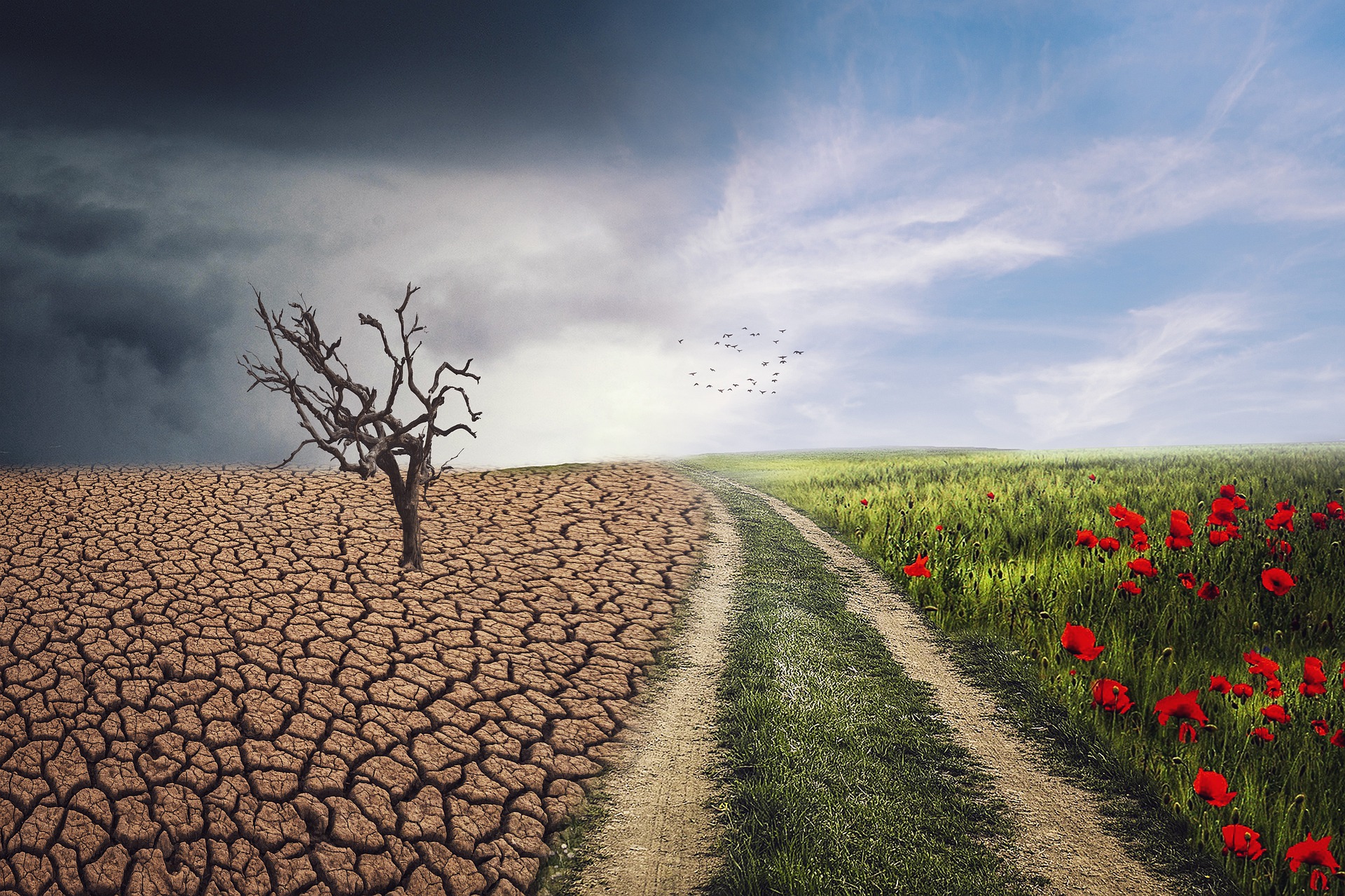How to invest in climate change
How to invest in climate change
seizing the potential for transformation does not mean wishing for the worst
How to invest in climate change
Since the end of the 19th century, our planet’s resources have become increasingly scarce. This is a fact.
According to NASA, the years 2010 to 2019 were the warmest decade on record. Melting glaciers have contributed to a rise in sea level of about 7 cm over the last 25 years. Natural disasters, such as droughts and fires, have doubled since 1980. Floods have quadrupled.
Climate change also presents problems for the availability of food supplies. Glaciers store about three-quarters of the world’s fresh water. On average, 2,000 to 5,000 litres of fresh water are needed to produce one person’s daily food requirements. To make matters worse, higher temperatures increase the activities of agricultural ‘pests’ such as grasshoppers.
The paradox is that while the supply of food decreases, the demand for it increases, with the growing population and the increase in high-calorie diets. Not to mention the fact that 30% of the harvest is currently lost… And again, the agricultural sector is suffering from a decline in human capital.
If you already know all that, then you might be wandering what’s the scope of this article. Well it is simple: to inform you about something you might not know. Namely, that one can expolit this situation in one’s favour. Indeed, simply imagining where the world is heading makes it possible to plan a long-term investment strategy.
And, to be clear, seizing the potential for transformation does not mean wishing for the worst. To see how (and why) this trend can represent a long-term opportunity, reed the book One Million for my Daughter by author Pietro Di Lorenzo








